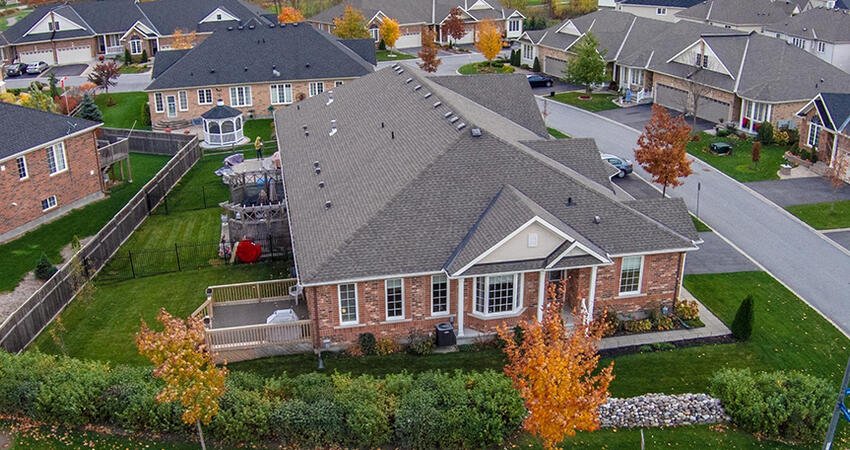
The State of the Nation’s Housing 2017
- Title:
- The State of the Nation’s Housing 2017
- Author:
- Source:
-
Joint Center for Housing Studies of Harvard University
- Publication Date:
-
2017
National home prices in 2016 exceeded their prerecession peak, a sign that the housing market is returning to normal, but not all markets are recovering equally, according to research from the Joint Center for Housing Studies of Harvard University. Other housing trends documented in The State of the Nation’s Housing 2017 include tight supply, low rates of rental affordability, trade-offs between housing and other essentials, and increasing neighborhood economic segregation. The report uses the most recent available data from the US Census Bureau, the US Department of Housing and Urban Development, the Bureau of Economic Analysis, the Bureau of Labor Statistics, the Federal Reserve, CoreLogic, and other sources to develop its analysis.
Major findings on housing markets
- Multifamily starts fell 1.2 percent in the past year to 393,000. Single-family starts rose 9.4 percent to 781,600.
- Sales of new and existing homes are up. The existing home inventory remains tight, with a supply of 3.6 months, an 11-year low.
- The median price of existing homes rose 3.8 percent to $233,800. Rising home prices have contributed to a reduction in the number of homeowners with negative equity.
Major findings on household change (or housing growth)
- Household growth is rising, but the share of millennials living in their parents’ home also rose. In 2015, 35.6 percent of 25- to 34-year-olds lived with their parents.
- By 2035, millennials are projected to head 49.8 million households, compared with the 16 million households they headed in 2015.
- By 2035, the number of households over age 65 is projected to rise to 79 million, compared with 31 million in 2015.
- More than 90 percent of household growth between 2025 and 2035 is expected to come from racial and ethnic minorities.
- Families with children make up 39 percent of renters, up from 32 percent in 2005. Between 2005 and 2016, the increase in these renters made up 22 percent of renter household growth.
Major findings on housing access and affordability
- 6 million renters were housing cost burdened in 2015.
- Seventy percent of households with income less than $15,000 a year spend more than half their income on housing, a situation known as severe housing cost burden.
- Low-income households with severe housing cost burden spend 53 percent less on food, health care, and transportation combined than their peers without housing affordability challenges.
- Low-income families with children and severe housing cost burden spend 75 percent less on health care than their peers without housing affordability challenges.
- Sixteen million renter households earn less than $25,000 a year, and the typical renter earned $37,900 in 2015.
Major findings on neighborhoods
- In 2015, 13 percent of the population lived in neighborhoods with a poverty rate of at least 40 percent, compared with 9 percent of the population in 2000.
- The geography of poverty is spreading, with poverty rates in suburban, nonmetropolitan, and rural areas growing faster than in dense, urban cores.
- Income segregation between neighborhoods is growing. Fifty-four percent of the nation’s poor population now live in high-poverty neighborhoods, increasing from 43 percent in 2000. Between 1990 and 2015, the share of high-income households living in low-poverty neighborhoods increased from 40 to 49 percent.